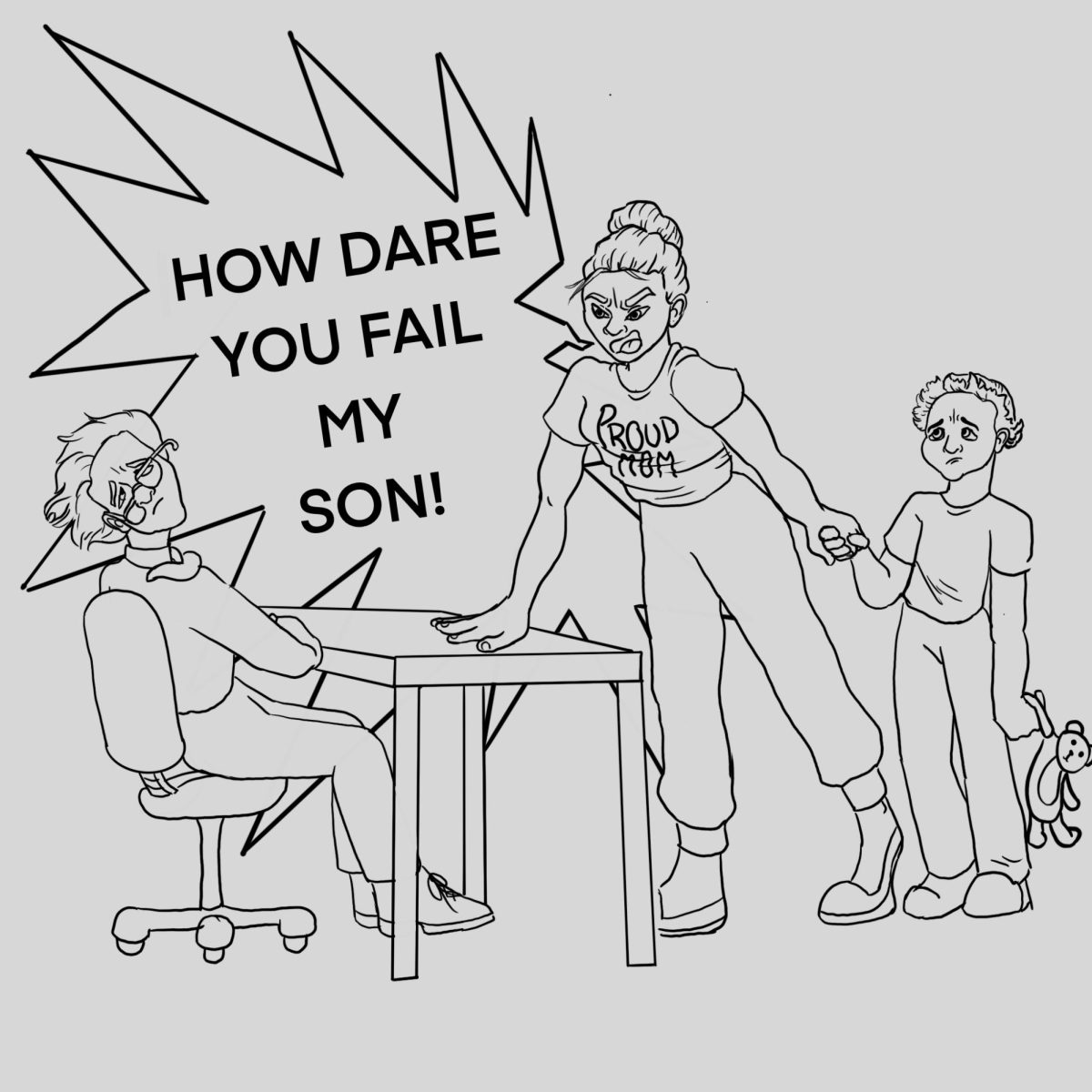As the US dollar inflates, so does the youth’s currency equivalent: grades. Between the pandemic affecting scoring and an increase in parents pressuring teachers to give their students better grades, the average GPA went from 3.17 in 2010 to 3.36 in 2021. Since then, the average has gone up by 0.1 each year.
Along with these higher GPAs, standardizing the pass/fail system has also been proposed.
Despite the added leniency of this system, it serves as a detriment to the quality of education. We must hold districts accountable for increasing their grading standards.
As soon as the bell rings at the end of the day, students tend to cast aside homework. Still, some standout students find themselves in coffee shops and libraries, continuing to work hard. These students put so much extra effort into their education and deserve to be rewarded.
Fewer and fewer students are motivated to work without the grade incentive. Studies published by the Mathematical Association of America and other similar organizations indicate that removing extrinsic motivations, motivation based on an external reward, plummets student participation in class and effort put into work.
Leint grading limits student participation and makes colleges’ jobs more difficult. GPAs and grades are the most crucial part of a solid college application, and with the easier grading, admission counselors struggle to grasp someone’s preparedness for college accurately. Does this person have these high grades due to hard work?
There is absolute inequity in grading; moving to a pass/fail system doesn’t hold school districts accountable. If a student population performs poorly, say the average for this population is a C- while another population is B+, the district or school is more inclined to take action.
With the pass/fail system, however, teachers and administrators don’t have the same data. More and more students risk falling through the cracks and graduating high school without the same level of education. For example, if a teacher faces two students, one with a 93% in their class and one with a 72%, they can see that the student with a 72% is struggling and may need more in-class assistance. Unfortunately, in a pass/fail, both students will only be seen as a Pass.
Despite all the reasons for more challenging grading, the counterarguments are valid; inequity and stress are the most common.
My answer to both is the same: people focus on the wrong issues. When it comes to inequity, students of lower income often go to schools with less funding, meaning their education is incomparable to those who go to a higher-funded school with access to tutors or private schools. Simply making it easier for everyone doesn’t close the educational gap.
Regarding stress, there are two primary sources: parents and college. Unfortunately, I do not know how to be a good parent. However, when it comes to college, this is a more modern issue. According to the Education Data Initiative, in the past 40 years, college attendance has increased by nearly 8 million. This is primarily due to more and more jobs requiring a degree on an applicant’s resume. According to Truthout, 75% of new jobs posted require a college degree.
This creates a cycle of more and more people turning to college to try and get a good job, which increases stress. If the focus was shifted away from traditional colleges and to more affordable and achievable education such as vocational schools or community colleges, stress around grades would decrease.
Grades aid in rewarding and motivating students, along with measuring in-class success. Getting rid of grades or continuing to decrease grading standards would only harm the classes and teachers. Instead, there should be a more significant focus on other options for students besides traditional college.



